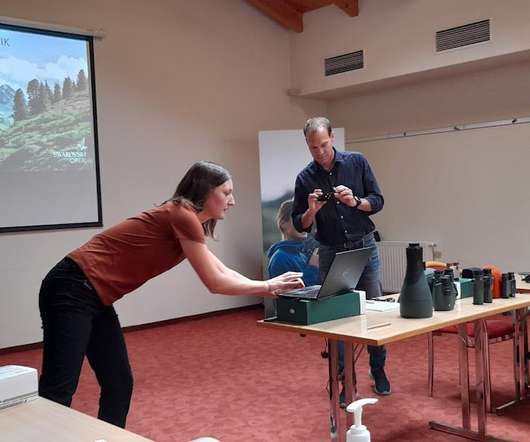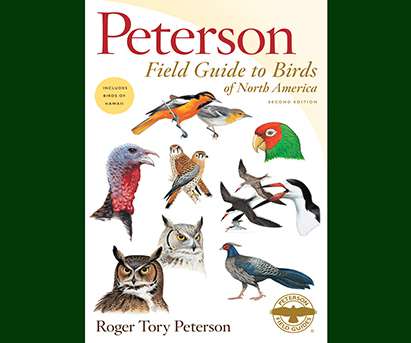Swarovski Skills Camp, or men and their toys
10,000 Birds
SEPTEMBER 23, 2021
The indoor workshop started with a Covid self-testing (where everyone was negative), followed by lectures on the Swarovski company, its ethos and products. But Swarovski Optik is a family-owned business, so the then CEO, Mr. Swarovski, categorically rejected the advice and decided: factory stays in Austria, and the prices will only go up!












Let's personalize your content